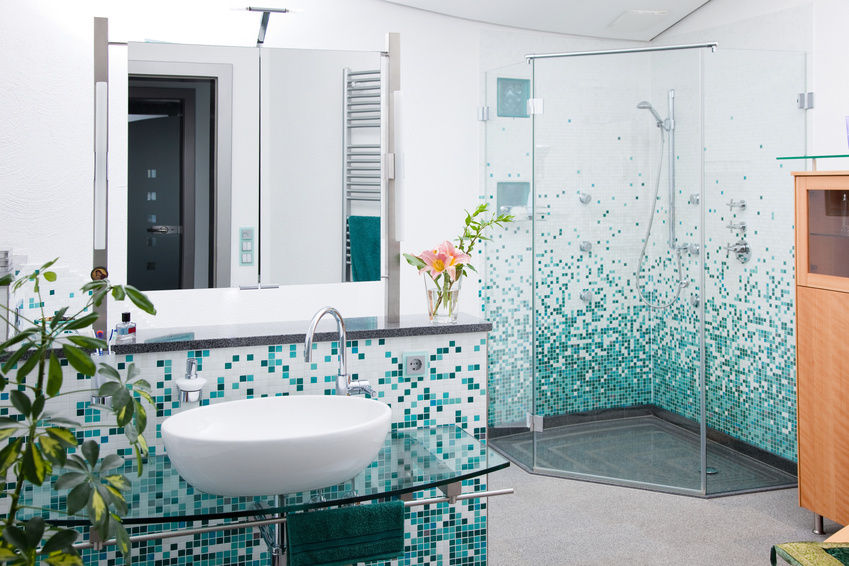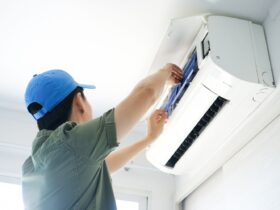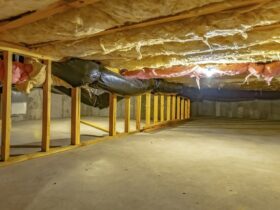Drylining, or plasterboard or gypsum board installation, is common for creating smooth and even interior walls. Whether you’re a seasoned professional or a DIY enthusiast, tackling drylining can sometimes be daunting. However, with the right approach and some handy tips, you can make the process much smoother and more manageable. This article will provide valuable advice to simplify the drylining process and achieve fantastic results.
Proper Planning
Before you dive into any DIY project, including dry lining a wall, proper planning is essential. Measure the dimensions of the walls accurately and calculate the amount of plasterboard required. A simple mistake in measurements can lead to wastage or shortage of materials. Additionally, plan the layout of your plasterboard sheets to minimise the number of cuts and joints, ensuring a cleaner and more professional finish.
Invest in Quality Tools
High-quality tools can make a world of difference when it comes to drylining. Invest in a reliable utility knife, a good-quality T-square, and a straightedge to ensure precise cuts. A drywall T-square, in particular, will help you achieve clean and accurate angles, resulting in a more professional look.
Choose the Right Plasterboard
Selecting the appropriate type of plasterboard for your project is crucial. Consider factors such as moisture resistance, fire resistance, and acoustic properties based on the room’s purpose. Opting for the right plasterboard can enhance your drylined walls’ overall durability and performance.
Utilise the Correct Fixings
Using the right fixings is vital to ensure the plasterboard stays securely attached to the wall. Drywall screws are the most common fixings used for drylining. Ensure they are of the appropriate length to penetrate the wall studs or framework adequately. Using too short screws can result in loose plasterboard, while excessively long screws can damage the wall’s structure.
Mind the Joints
Joints between plasterboard sheets can be challenging to conceal effectively. Use self-adhesive jointing tape and a high-quality jointing compound to make this task easier. Apply the tape to the joints, then layer the jointing compound. Once dry, sand the area to create a seamless and smooth finish. Patience is key when working with jointing compounds, as rushing can lead to subpar results.
Consider Corner Beads
To achieve sharp and professional-looking corners, consider using corner beads. These metal or plastic strips are designed to protect and reinforce the corners of your plasterboard. They create a clean line and prevent damage to the edges, making the overall appearance of your walls more polished.
Use A Drylining Rasp
A drylining rasp is designed to smooth out rough edges and imperfections in plasterboard cuts. It’s particularly useful for fine-tuning awkward or irregular cuts that are challenging to achieve with other tools. A few quick strokes with a rasp can make a significant difference in the final appearance of your drylined walls.
Maintain Consistency in Jointing
When applying a jointing compound, consistency is key. Ensure that the thickness of the compound is uniform across all joints and seams. An inconsistent application can lead to uneven surfaces that are difficult to sand down, ultimately affecting the final finish of your walls.
Practice Proper Sanding
Sanding is a critical step in achieving a smooth and flawless surface. Use fine-grit sandpaper to gently sand down jointing compounds, high spots, and imperfections. Wipe down the walls with a damp cloth after sanding to remove dust and debris, ensuring a clean surface before painting or decorating.






